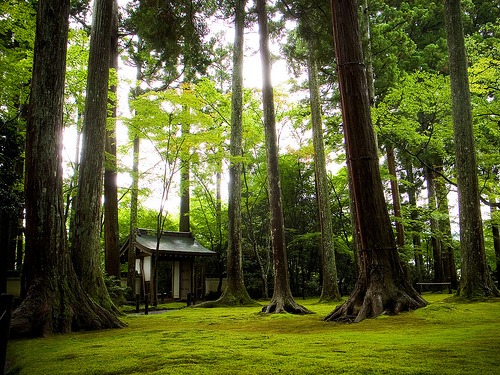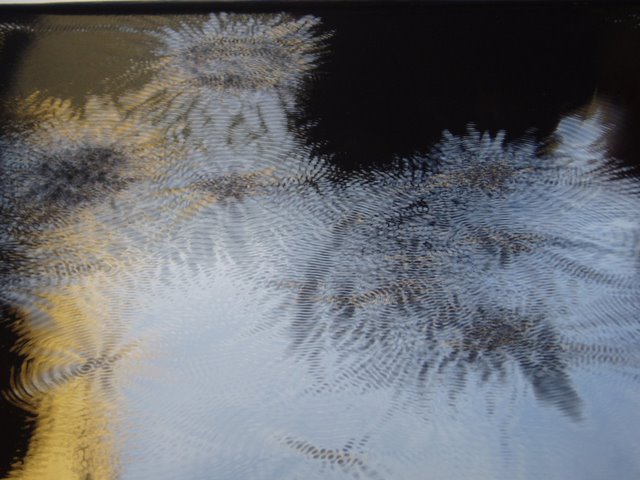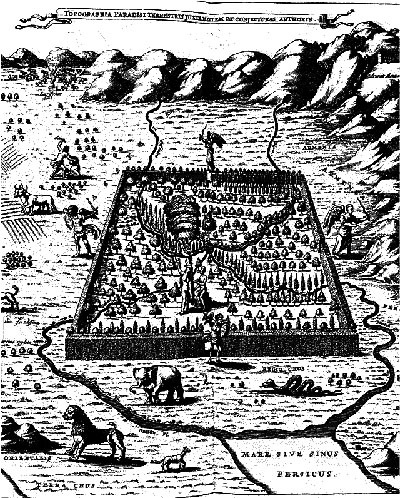With Top Ten lists becoming 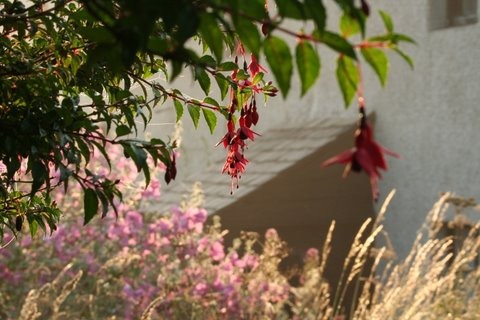 popular, we thought Gardenvisit.com should have a list of the world’s ten best gardens. But how should it be compiled? Democracy or autocracy? Here are the democratic results: top ten gardens generated from our garden reviews and rating system. But Winston Churchill said: “Democracy is the worst form of government, except for all those other forms that have been tried from time to time.” ( 11. 11, 1947)
popular, we thought Gardenvisit.com should have a list of the world’s ten best gardens. But how should it be compiled? Democracy or autocracy? Here are the democratic results: top ten gardens generated from our garden reviews and rating system. But Winston Churchill said: “Democracy is the worst form of government, except for all those other forms that have been tried from time to time.” ( 11. 11, 1947)
So let’s try autocracy: here is Tom Turner’s Top Ten Gardens List, which you can think of a list of the gardens which should be, like the Temple of Abu Simbel, if rising waters were going to flood all the world’s best gardens, by which I mean those which would disappear when the Vale of Kashmir, and Shalimar Bagh, were submerged by global warming. The gardens are in no particular order:
- Katsura Imperial Villa
- Versailles
- Villa Lante
- Villa d’Este
- Queen Hatshepsut’s Temple
- Stourhead Landscape Garden
- Yuyuan Garden
- Taj Mahal Garden
- Sigiriya
- Hidcote Manor Garden
If I had been to Columbus Indiana I think I would include the garden of the Miller house, though I do not know what I would delete from the list. So which is best: democracy or autocracy? – and would readers like to suggest changes to the list?

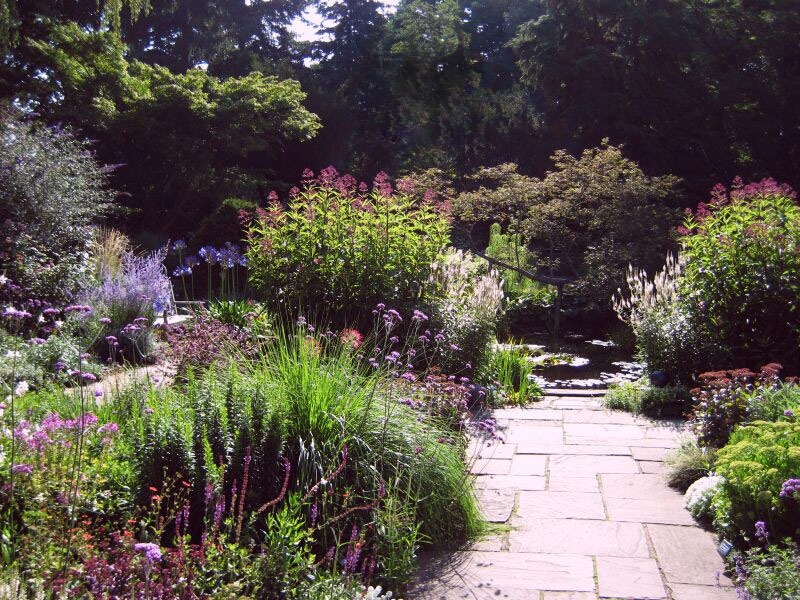 Gardenvisit.com is most grateful to Marija Calden for help with adding new gardens updating Garden Finder entries for Germany. See for example:
Gardenvisit.com is most grateful to Marija Calden for help with adding new gardens updating Garden Finder entries for Germany. See for example: 